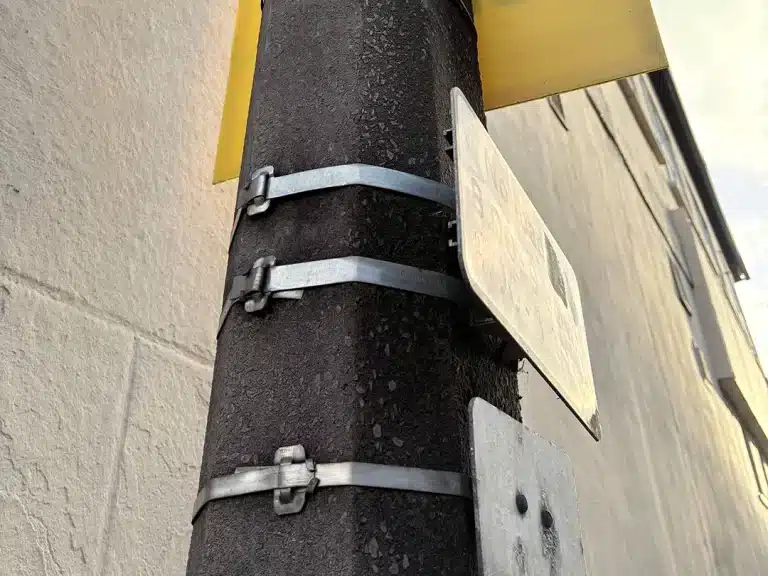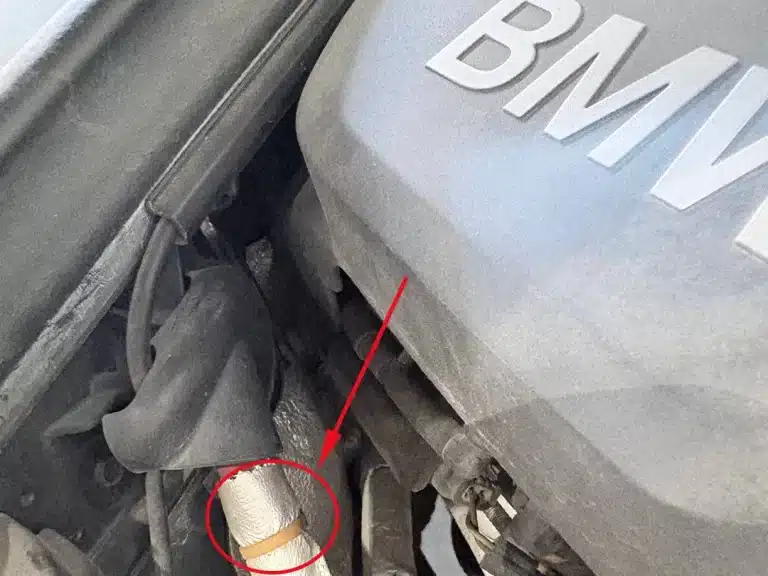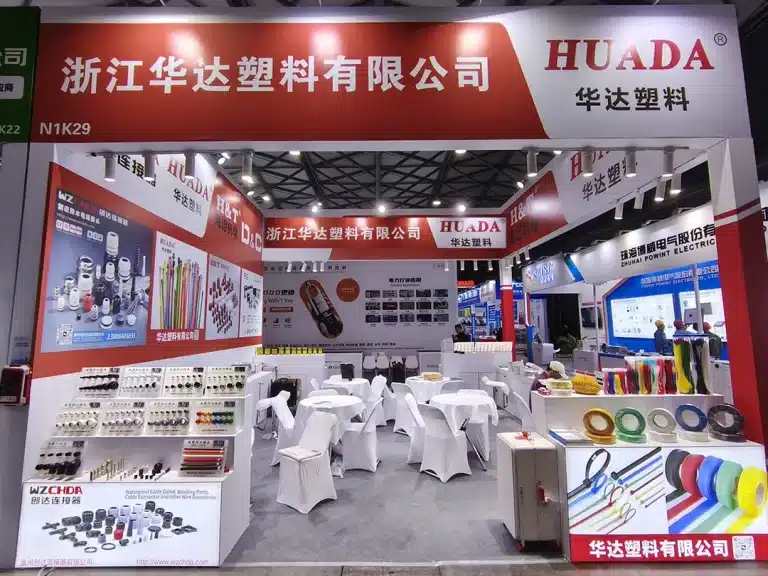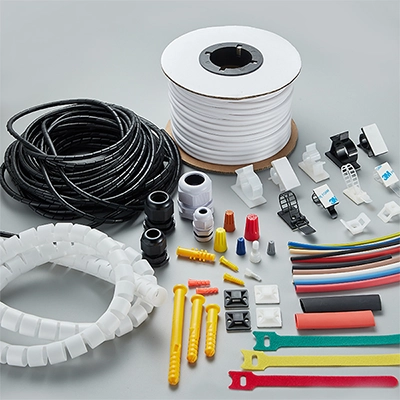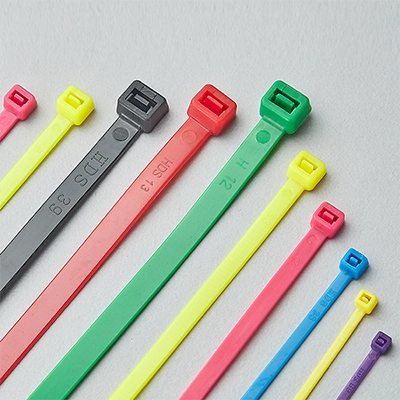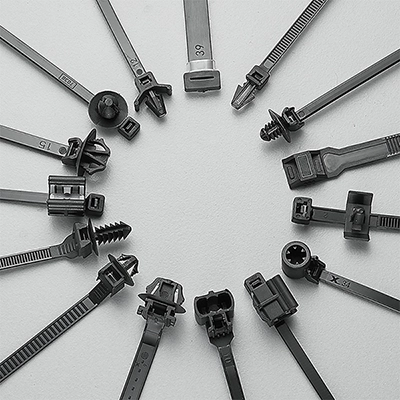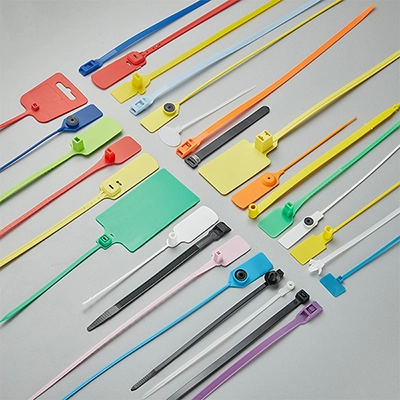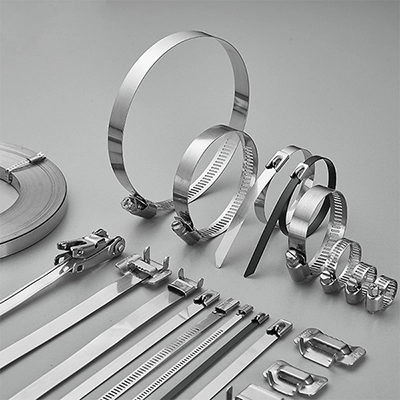In the photo, a white cable tie stands out on a cat cage. It holds a loose panel firmly in place after being damaged by a kitten. This small detail reflects the everyday uses of cable ties in both homes and pet care. Once known mainly as an industrial tool, they have quietly become a handy helper in pet care. This article takes that simple scene as a starting point to show how cable ties, with their low cost and flexibility, can solve many common problems for pet owners.

1. Fixing Cat Cages with Cable Ties: A Low-Cost Solution
At first glance, the cable tie on the cat cage may look simple. In fact, it’s a smart way for the owner to deal with an unexpected problem. Cat owners often face issues like loose latches, bent frames, or even broken welds when their pets jump, bite, or push against the cage. In such cases, one cable tie is enough to make a quick temporary repair.
As shown in the photo, the middle partition of the cage had come loose, the owner secured the weak spot with a cable tie — a fix that is both quick and effective. Compared to replacing the entire cage, the low cost and high strength of cable ties make them an ideal emergency solution. And if a black cable tie is used instead, the repair becomes almost invisible.
2. More Creative Uses of Cable Ties in Pet Care
Beyond fixing cages, cable ties also have many unexpected uses in pet households:
1. Securing pet supplies
- Anti-tip design: Fasten water dispensers or food bowls to a railing or table leg to prevent pets from knocking them over.
- Cable management: Bundle wires from heating pads or automatic feeders to keep them tidy and out of reach of chewing pets.
2. Enhancing safety
Window protection: Reinforce mesh screens with cable ties to stop cats from opening gaps and falling.
3. Creative organization
- DIY toy holder: Use cable ties to attach a teaser wand to the side of a cat tree (or climbing frame) for easy access.
- Cage partitioning: Use multiple cable ties arranged in rows to create a divider inside a large dog cage, separating the resting area from the play area.
These simple uses of cable ties may look small, but they solve many real problems for pet owners.
3. Why Cable Ties Are Suitable for Pet Care
Behind these applications are the core advantages of cable ties: reliable material, tool-free operation, and very low cost — sometimes less than a cent each.
1. Reliable and durable
Made from PA66 nylon, cable ties have high tensile strength ranging from 8 kg to 150 kg. This is strong enough to withstand scratching, pulling, or impact from pets. They also have smooth edges, reducing the risk of injury.
2. Easy to use and adaptable
The self-locking design makes them simple to use by hand: insert, pull tight, and the job is done. No screwdrivers or glue are needed. Old ties can be cut off quickly without damaging the cage, making them ideal for temporary fixes.
3. Cost-effective and widely available
Standard cable ties come in lengths from 6 cm to 2 m. Common sizes such as 4×200 mm (18 kg tensile strength) or 5×500 mm (22 kg tensile strength) meet different needs. They are inexpensive, with small sizes costing less than a cent each — a must-have for every pet household.
Conclusion
From the factory floor to a pet cage at home, a single cable tie bridges industry and everyday life. Its simple design proves that solutions don’t always need to be complicated — what matters is knowing how to use the right tool. For pet owners, keeping a few cable ties on hand can be surprisingly useful. One day, they might be just what you need to fix an unexpected problem.
